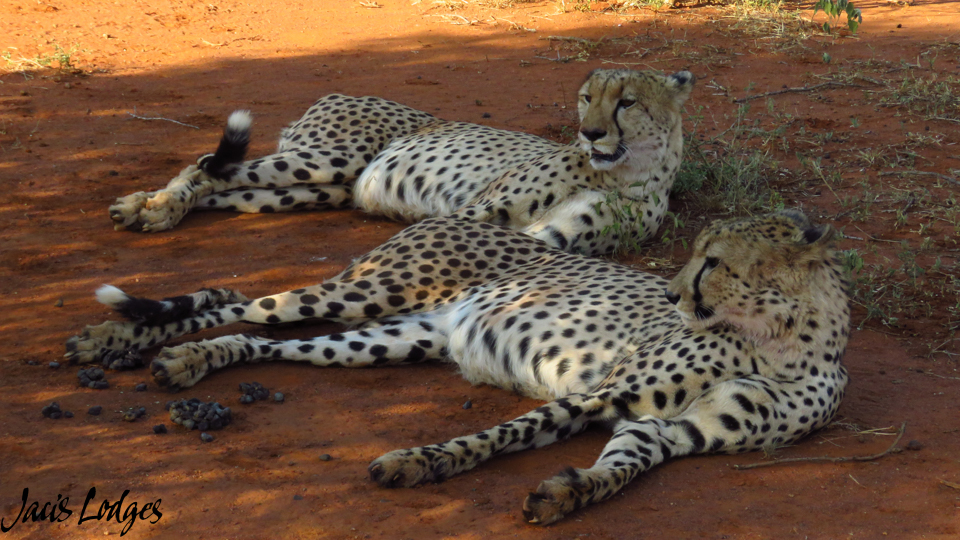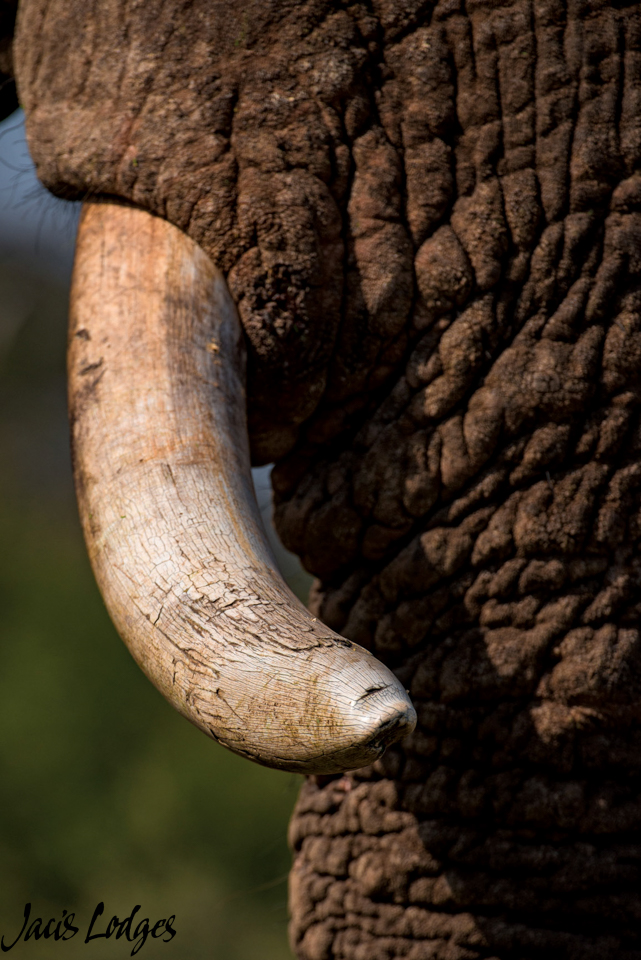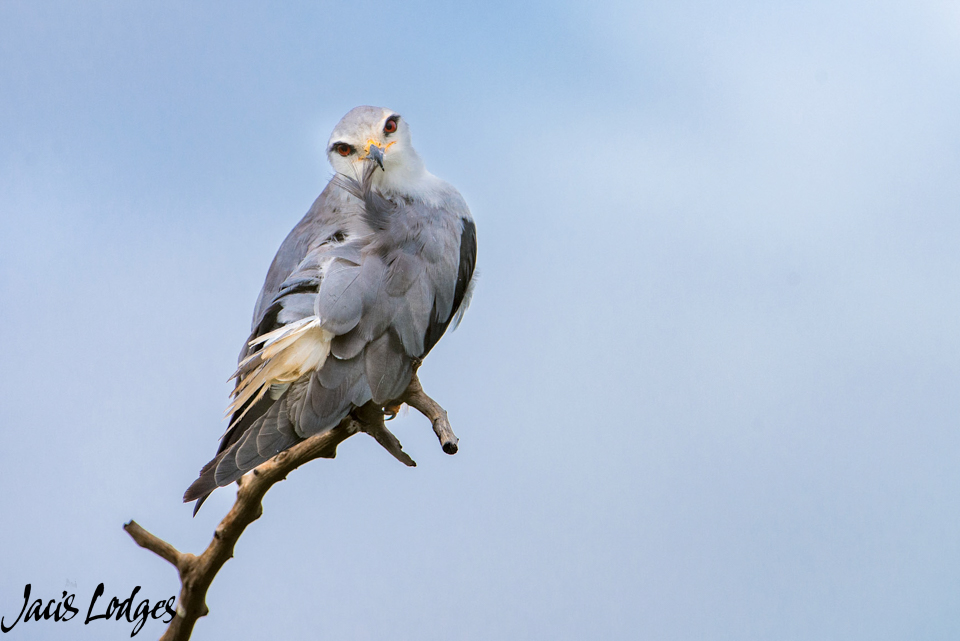Weekly update 20-27 Feb 2018-02-27
We had really good rains this week, and the bush is getting thick and lush. It’s amazing how the dry savagery of Madikwe, is replaced by a lush green carpet of devil thorns, wild flowers and grasses sprouting from nowhere, after 48mm of rain. Whilst it’s great for the reserve, it can make life tough for the guides. Certain parts of the reserve are closed after big rains, because of the sensitive nature of the soils. As a result, we had no Springbok sightings this week. We also had no Wild dog sightings, because the river had risen and the pack was on the eastern side of the river. So we couldn’t cross and neither could they. That’s life and that’s the bush! One of the interesting stats to come out of the week was the number of Leopard sightings we had. 6 of the safari’s that went out saw Leopard. Most of the sightings were in the south of the reserve, and dominated by single male and 2 sub-adults.

Image by Field Guide, Olly

Image by Field Guide, Olly
As far as the rest of the predators sightings go, Lion are the most common large predator, with 67% of the safari’s seeing Lion. The local eastern pride of Lions had a very successful week and managed to kill a Zebra and a Kudu. They were joined by the 2 dominant males, at the Kudu kill, which was only about 3 minutes drive from the lodge. Cheetah was also very well represented and was seen on 16 of the safaris. Most of the Cheetah sightings comprised of 2 of the recently released females, who are doing fantastically well since their release onto the reserve in December. A coalition of 2 males have also been seen in the north east during the week as well. The 2 Hyena species were seen infrequently, and only accounted for 7 sightings between the 2 species for the week.

Image by Field Guide, Olly

Image by Darren Donovan

Image by Field Guide, David Mosiane
We had really good Elephant and White Rhino sightings for the week, but no Black Rhino sightings at all. The Buffalo herds were also seen very infrequently, but this is probably due to them spending a lot of time in the inaccessible areas. These soils comprise of clay soils, and are a huge attractant to the Buffalo herds.

Image by Darren Donovan

Image by Darren Donovan
The special antelope species were represented though with sightings of Eland, Klipspringer, Red Hartebeest and the first sighting of Mountain Reedbuck in several months.
As it is with this time of the year, birds were also very well represented on safari as well. Many of the bird species are still in the breeding periods, and the males are sporting some seriously interesting fashion. The Whydah’s are very well adorned, and the males have been strutting around the eastern parts of the reserve, with their long tails and flashy colours, trying to attract as many females as they can. All 3 species of Whydah were seen this week, the eastern long tailed Paradise Whydah, the Pin-tailed Whydah and the Shaft tailed Whydah. An interesting birds sighting was also about 80 Marabou Storks roosting just to the south of the lodge. A grotesque, but interesting sighting none the less. Another good special species seen was a Eurasian Golden Oriole, north of the lodge.

Image by Darren Donovan
